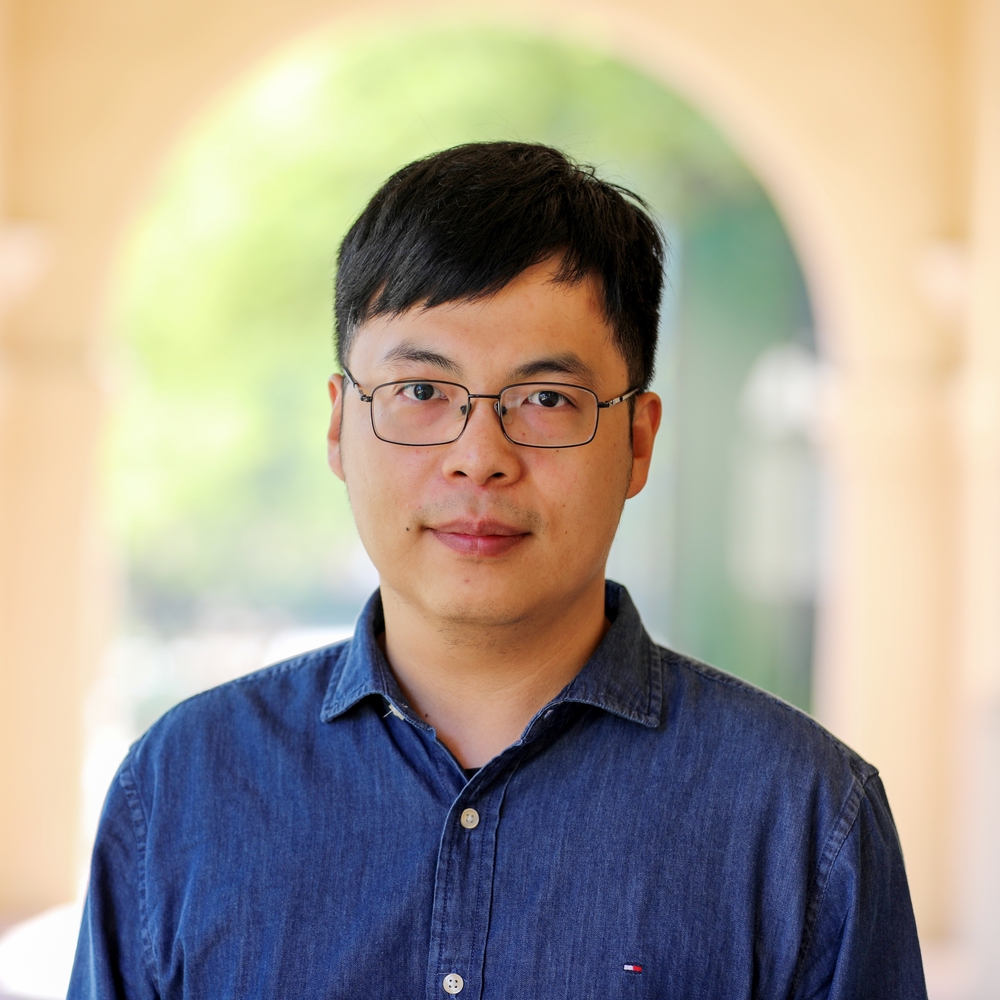Abstract
Fluorescence decay kinetic data provide significant and additional insight for many biological, biomedical, biochemical, and biophysical studies. The fluorescence lifetime is a valuable measurement because of the quantitative information that is imparts, which is largely independent of fluorophore concentration. These measurements are sought after because they reflect a variety of intracellular changes such as molecular interactions, metabolism, and cellular microenvironmental status. The collection of fluorescence decay times has been applied using many advanced analytical techniques including polarization imaging, super-resolution imaging, FRET measurements, and many more. Yet, there is complexity in the interpretation of lifetime data owing to heavy data processing requirements such as data fitting and reduction. Phasor plotting has been trending and emerging as a useful means to simplify fluorescence lifetime analyses. Phasor graphs originated by vectorizing frequency-domain lifetime data, and have been translated from time-domain data as well. As phasor analyses become routine for lifetime data interpretation, understanding how the phasor plot works, the limitations, and benefits thereof, is important for all of bioscience.
Publication
Frontiers in Bioinformatics (Editorial), vol. 4, no. 1375480, pp. 1-2

Assistant Professor of ECEE and BME
I am an Assistant Professor of Electrical, Computer & Energy Engineering (ECEE) and Biomedical Engineering (BME) at the University of Colorado Boulder (CU Boulder). My long-term research goal is to pioneer optical imaging technologies that surpass current limits in speed, accuracy, and accessibility, advancing translational research. With a foundation in electrical engineering, particularly in biomedical imaging and optics, my PhD work at the University of Notre Dame focused on advancing multiphoton fluorescence lifetime imaging microscopy and super-resolution microscopy, significantly reducing image generation time and cost. I developed an analog signal processing method that enables real-time streaming of fluorescence intensity and lifetime data, and created the first Poisson-Gaussian denoising dataset to benchmark image denoising algorithms for high-quality, real-time applications in biomedical research. As a postdoc at the California Institute of Technology (Caltech), my research expanded to include pioneering photoacoustic imaging techniques, enabling noninvasive and rapid imaging of hemodynamics in humans. In the realm of quantum imaging, I developed innovative techniques utilizing spatial and polarization entangled photon pairs, overcoming challenges such as poor signal-to-noise ratios and low resolvable pixel counts. Additionally, I advanced ultrafast imaging methods for visualizing passive current flows in myelinated axons and electromagnetic pulses in dielectrics. My research is currently funded by the National Institutes of Health (NIH) K99/R00 Pathway to Independence Award.